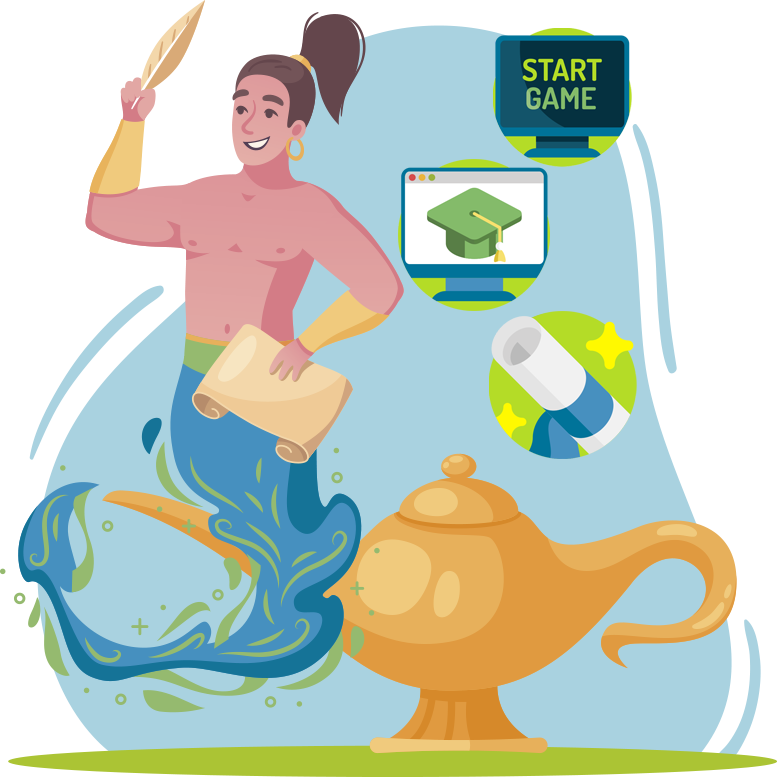|
Learning outcomes Objectives and goalsClick to read
 At the end of this module you will be able to: • Familiarise with the essentials of growth hacking Brief introduction to the Pirates’ funnel aka AARRR! model What is the AARRR! Model about? A quick introduction to the Pirates’ funnel Click to read
 The AARRR! Model is a theoretical framework for Growth Hacking and business acceleration introduced for the first time evert in 2007 by Dave McClure – founder of 500 Startup, one of the most important and renewed Venture Capital worldwide. The concept of Growth Hacking relates to a methodology based on the gathering, processing and experimenting with data at product and marketing channels level to which newly founded organisations rely on to accelerate as fast as possible their penetration of the market and build their customer base. The very AARRR! Model heavily relies in fact on quantitative analysis and benchmark of metrics to filter which of the available business / investment alternatives are most suitable and feasible at that given time. The model allows users to fine-tune and optimize the most relevant marketing matrix for the growth and competitiveness of a project, namely customers’ acquisition and retention. The AARRR! for intrapreneurs – Why even bother… Click to read
 Intrapreneurs share many similarities with startuppers and the (re)application of the AARRR! Model in this different settings might generate significant benefits. The AARRR! Model might help aspiring intrapreneurs in better understating in the market appetize for their idea (i.e., traction), and in which measure it is feasible for them to transit from the idea stage, through piloting, and into the market. For reference, here on the right the original introduction of the model from 2007. The AARRR! Model in its core essentials – Five steps for metrics’ measurement Click to read
 The AARRR! Model describes the customer lifecycle in five key stages: each of this stage is fundamental to assure for business growth and continuity. These five stages are: Slight variations largely applicate & valorized into practice – The AAARRR! ModelClick to read

Core stages of the Pirates’ funnel aka AARRR! model Acquisition – The lead stageClick to read

Activation – Stimulating further the lead contactsClick to read

Retention – Nurturing customer loyalty Click to read

Revenue – Time to make profits Click to read

Referral – Triggering the word-of-mouth effect and positive externalitiesClick to read

Summing up Summing upClick to read
 Well done! Now you know more about: • Growth Hacking and acceleration of customer retention |
Keywords
AARRR model, funnel, metrics, business growth, acquisition, activation, retention, referral, revenue
Objectives/goals:• Familiarise with the essentials of growth hacking
• Experiment with the five key stages of the pirates’ funnels
• Validate into-practice metrics’ analysis for customer retention
The AARRR! Model is a theoretical framework for Growth Hacking and business acceleration introduced for the first time evert in 2007 by Dave McClure – founder of 500 Startup, one of the most important and renewed Venture Capital worldwide.
The concept of Growth Hacking relates to a methodology based on the gathering, processing and experimenting with data at product and marketing channels level to which newly founded organisations rely on to accelerate as fast as possible their penetration of the market and build their customer base.
The very AARRR! Model heavily relies in fact on quantitative analysis and benchmark of metrics to filter which of the available business / investment alternatives are most suitable and feasible at that given time.
The model allows users to fine-tune and optimize the most relevant marketing matrix for the growth and competitiveness of a project, namely customers’ acquisition and retention.
(1) Startup Metrics for Pirates: AARRR! - Dave McClure, Ignite Seattle (2007) https://www.youtube.com/watch?v=irjgfW0BIrw
(2) Stanford Seminar - Entrepreneurial Thought Leaders: Dave McClure of 500 Startups, Stanford Online (2014) https://www.youtube.com/watch?v=MXuwRICnMW0


 Play Audio
Play Audio 



